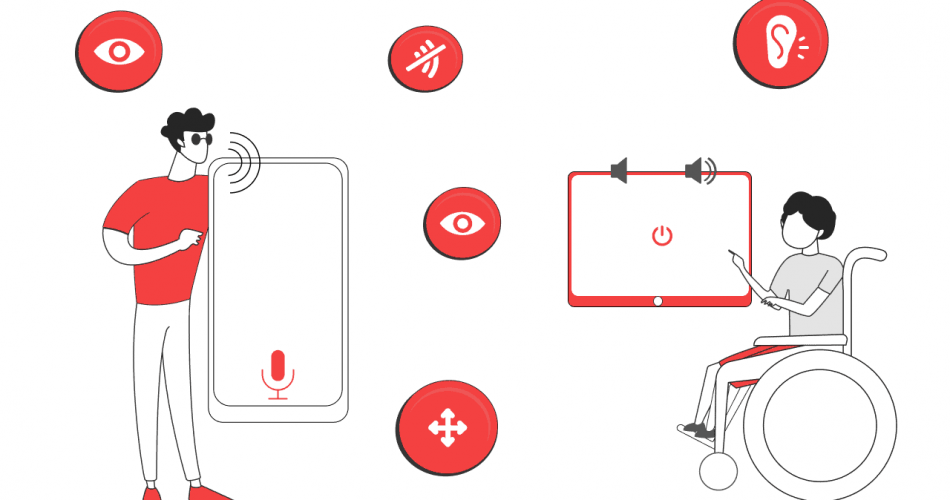Introduction:
In today’s digital age, the internet plays a crucial role in connecting people and providing information. However, not everyone experiences the web in the same way. Web accessibility is the practice of designing and developing websites that can be used by everyone, regardless of their abilities or disabilities. In this article, we will explore the importance of web accessibility and how designers can create inclusive digital experiences for all users.
Why Web Accessibility Matters:
Web accessibility is not just a legal requirement; it is a fundamental aspect of creating an inclusive online environment. Millions of people worldwide, including those with disabilities, rely on the internet for various purposes, from education and employment to socializing and entertainment. Failure to ensure web accessibility means excluding a significant portion of the population from accessing and benefiting from online content and services.
Key Principles of Web Accessibility:
- Perceivable: Information and user interface components must be presented in ways that users can perceive. This includes providing text alternatives for non-text content, captions and other alternatives for multimedia, and adaptable content that can be presented in different ways without losing information or structure.
- Operable: All navigation and interaction must be operable. This involves designing a user interface that is easy to navigate using a keyboard or other assistive technologies. Interactive elements should be easily accessible and controllable.
- Understandable: Information and operation of the user interface must be understandable. This includes clear and consistent navigation, predictable and straightforward functionality, and input assistance to avoid and correct mistakes.
- Robust: Content must be robust enough to work reliably with current and future technologies, including assistive technologies. This principle ensures that websites remain accessible as technology evolves.
Designing for Inclusivity:
- Responsive Design: Ensure your website is responsive and adapts to various screen sizes and devices. This benefits users with different abilities and those who use a variety of devices to access the internet.
- Readable Fonts and Colors: Choose readable fonts and color contrasts to enhance the legibility of text. This is particularly important for users with visual impairments.
- Alternative Text for Images: Provide descriptive alternative text for images to assist users who rely on screen readers. This not only improves accessibility but also contributes to better SEO.
- Keyboard Accessibility: Design your website to be navigable and functional using a keyboard alone. This is crucial for users who cannot use a mouse or other pointing device.
- Testing with Assistive Technologies: Regularly test your website with various assistive technologies to identify and address accessibility issues. This ensures that users with disabilities can have a seamless experience.
Conclusion:
Web accessibility is not just a technical requirement; it is a moral and social responsibility. Designing websites with inclusivity in mind benefits everyone, creating a more user-friendly and equitable digital space. As we move forward in the digital era, let’s commit to building a web that truly serves all individuals, regardless of their abilities.

